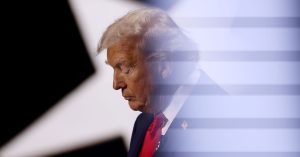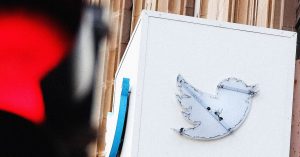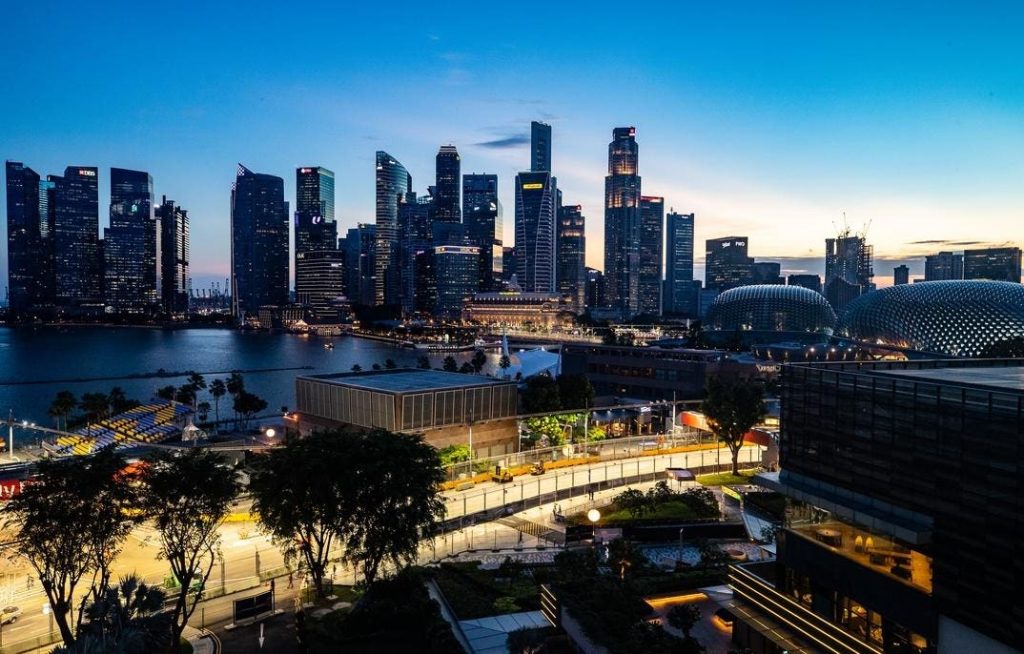By Saba Fatima
Sometimes it pays to be small and nimble.
While most geopolitical commentators focus on the new duo-polar world with the rise of China or even a multi-polar world of many eastern and western players, the influence of smaller countries is often overlooked. It’s clear there’s an important – even critical – role to play for sophisticated nations to punch above their weight on the regional and world stage, despite the small size of their populations and the power of their much larger neighbours.
Four examples show just how it isn’t size but strategy that makes a country successful.
Singapore
Think small state but large success and most people would say “Singapore”. This island nation of 5.6 million people is one of the richest in the world per capita though occupying a land mass of only 281 square miles and having next to no natural resources.
Singapore shows what can be done through a laser focus on good governance, regulation, a laissez-faire approach to business and investment, sound money, and an internationalist outlook.
Today’s Singaporean success story was not always expected or predicted. In 1963, when the country gained independence from Britain it did so as a province of its larger neighbour Malaysia. Britain considered it unlikely to survive without being part of a larger entity. Yet only two years later, under the visionary leadership of its first prime minister Lee Kuan Yew, Singapore made a break for it and declared independence from Malaysia. While the first decade was difficult, it paid off.
Having taken back control of its own governance, borders, and ability to set its own laws, Singapore successfully remodelled itself as the ideal business and investment location: between Malaysian and Indonesian giants and as a multi-ethnic alternative to Hong Kong.
When Yuan took the reigns as prime minister Singapore had a population of 1.59 million and per capita GDP was less than $400. When he stepped down in 1990, Singapore’s population had doubled, but her per capita GDP of $11,845 had increased 30-fold. Today the country’s 5.6 million citizens are the sixth-richest per capita in the world.
Singapore’s balance is both multicultural and military. With large ethnic Chinese and ethnic Malay populations as well as many other minority ethnic groups, Singapore is a melting pot of cultures living side-by-side. Her security, however, tilts westward, underpinned by a British naval base and military pact that also includes Australia and New Zealand – known as the Five Power Defence Arrangements – dating from 1971.
This counterbalance of cultures and military positioning combined with its location has made the country a world centre for debate and research into the policies needed to drive forward small nations to success. Indeed, a new platform for discussion was launched only this year with the inaugural International Institute for Strategic Studies Raffles Lecture.
Qatar
It’s perhaps no surprise the leader invited to deliver that first Singapore IISS Raffles lecture was the Prime Minister of Qatar, Mohammed bin Abdulrahman bin Jassim Al Thani.
Indeed, the Qatari PM was invited precisely because of the similarities between Singapore and Qatar in both their foreign policy, economic strategy, and their geographic location between larger neighbours in complex regions.
Qatar’s economic rise to become the sixth richest country in the world by GDP per capita is powered by natural resources – but that hardly makes it unique in the Gulf region that includes the petrostate economies of Saudi Arabia and the UAE.
What makes Qatar different to all other members of the Gulf Cooperation Council – the trade bloc of six Middle Eastern states – is its unique approach to geopolitics, diplomacy, and soft power. As Prime Minister Al Thani said in his Raffles speech: “Qatar succeeds in such engagements by focusing our efforts on three main areas: alliance building and multilateralism, peace facilitation, and investment in economic growth for future generations.”
That balancing policy is both regional and international. Qatar maintains working, neighbourly relations with both Saudi Arabia to its south and Iran to its north. At the same time as it has a commercial partnership with China, it maintains a strategic alliance with the U.S. This was seen in action last year when Qatar was bestowed the designation of “non-NATO ally to the United States”, while in the same twelve months signing three new energy deals with China.
Last month, Qatar succeeded in brokering the release of five US citizens wrongfully imprisoned in Iran for years as part of a prisoner swap.
Before that, in August 2021, Qatar acted as mediator – and location for talks – between the Taliban and the United States, resulting in the end of a war that spanned more than two decades, and a month later played a critical role in one of the biggest humanitarian airlifts in history, evacuating more than 80,000 individuals from Afghanistan through Qatar.
Qatar has also become a regional hub for multilateralism by opening numerous UN offices in Doha, with the opening of “United Nations House” this March, which includes 12 MENA regional headquarters of UN agencies and offices, the largest, single concentration of UN functions worldwide outside of New York, Geneva, and Vienna.
This role as a centre for connectivity did not come overnight for the small state, but through decades of proving itself as a location for communication, mediation, and soft power. Qatar first placed itself on the world map through the launch, in 2006, of Al-Jazeera English. Today the station has a reach and respect for fair and balanced reporting equal to that of more established global broadcasters such as the BBC.
This same positioning can be seen in the Doha Debates – launched the year before Al-Jazeera. Based on the Oxford Union format of a single, controversial motion with two speakers for and against they were first broadcast on the BBC but later have found a place of their own on the international stage, in physical and broadcast formats, and attracting guests from Bill Clinton to Shimon Peres.
But perhaps Qatar is best recognised – at least for now – as the small state that is helping power Europe through the Ukraine crisis. More than any other global gas supplier, Qatar has been positioned to step into the supply gap created by Europe’s refusal to wean itself off its dangerous, self-inflicted addiction to Russian gas until after the conflict started. Certainly not all small states have the natural resources to help in such a way (some such as Singapore have none). Yet other petrostates – including MENA producers – could have helped but effectively chose not to. Qatar as shown that being small does not mean you cannot choose, or that your choices are any less relevant to geopolitics that those of the largest states.
Estonia
A member of the European Union and NATO, Estonia would seem to have its back covered in a difficult region which includes the vast geographic mass of a country that is Russia as its immediate neighbour. As a former state of the Soviet Union, the country population of just 1.3 million – one hundred times smaller than that of Russia. Yet even that is illusory: a quarter of that tiny population is ethnic Russian, with close to 50 per cent of the capital Tallinn being Russian speaking.
Yet break away and establish itself Estonia certainly has, and done so without the help of its modern-day geopolitical associations. At independence from the Soviet Union, Estonia turned away from its giant neighbour and towards the West, adopting a market economy and joining the United Nations. But it was what happened next that turned the world’s attention to Estonia: the tiny post-Soviet state became the most advanced digital society in the world.
Estonia decided to institute a system of e-governance in 1997 – the twilight era of the internet. Fast-track digital reforms and initiatives such as computers in every classroom and free computer training for citizens saw every school online by 2000 and the percentage of Estonians who use the internet leap from 29% in 2000 to 95% in 2016. Today 99% of Estonia’s public services are available to its citizens online 24 hours a day. Tax returns can be filed and taxes paid online in minutes – medical, police and electoral services are among other services digitalised too.
The jewels in Estonia’s digital crown are its e-Residency initiative – that allows individuals to start businesses in the country without living there – and its Digital Nomad Visa for employees who work remotely around the world. It is thanks to first-of-their-kind initiatives like these that Estonia was not just able to grow a thriving start-up scene from nothing, it boasts today more “Unicorns” (companies valued at over a billion dollars) per capita than any other small nation on earth.
Above all, this tiny, trailblazing, post-soviet state has developed the blueprint for digitalisation that the rest of the world is now following closely.
New Zealand
The other side of the planet from Estonia, New Zealand is one of the world’s most isolated countries, yet its 5 million citizens enjoy a quality of life in the global top ten.
Discovered by British navigator and navel hero Captain James Cook one year before he discovered Australia, the country was in 1893 the first in the world to introduce universal suffrage and votes for women.
For most of the 19th and 20th centuries New Zealand was dependent on Britain for trade, despite being close to twelve thousand miles away, and was especially hard hit when the UK joined the European “Common Market” in 1973. Yet by diversifying their economy – and particularly by reducing subsidies for their livestock industry – New Zealand Lamb became the world-renowned standard for quality it is today. Taking the country full circle, in 2022 New Zealand signed a free-trade agreement with post-Brexit Britain, restoring to its fullest the relations neglected by those years the UK spent thinking only regionally.
New Zealand’s environment is the country’s great selling point, and has helped this small nation build an outsized motion picture and television industry, producing films from the Lord of the Rings trilogy to the Avatar sequels, and from Alien Covenant to the Hobbit trilogy.
The country’s unique selling point as the location for the Great Outdoors really started with the 100% Pure New Zealand marketing campaign in 1999, arguably the most successful tourism and investment location marketing campaign the world has even seen.
With New Zealand’s love of sports (the country is renowned for the All Blacks, their national Rugby team, raised from a nation where it is considered more of a religion than a mere game) 100% Pure is the perfect description for this modern, renewable-energy-powered, sport-obsessed island kingdom.
——————————
Singapore, Qatar, Estonia, and New Zealand offer real world examples of what small nations can achieve despite – or perhaps, because of – their size. Agile, nimble, and entrepreneurial, these countries have proven able to adapt to any shock and put into practice strategies unthinkable for their larger, more established but less dynamic counterparts.
Among everything else, they have positioned themselves as now critical centres of connectivity: Singapore, the multi-cultural business hub; Estonia, the world’s first digital republic; New Zealand, the world’s Great Outdoors; and Qatar, the international community’s hub for multilateralism where major powers and small countries alike can open channels of communication resulting in vital ceasefires, dialogues, and peace and security arrangements.
We live in uncertain times, and the future is more uncertain still. But leading the way into that future are these small but determined innovators.
Read the full article here










